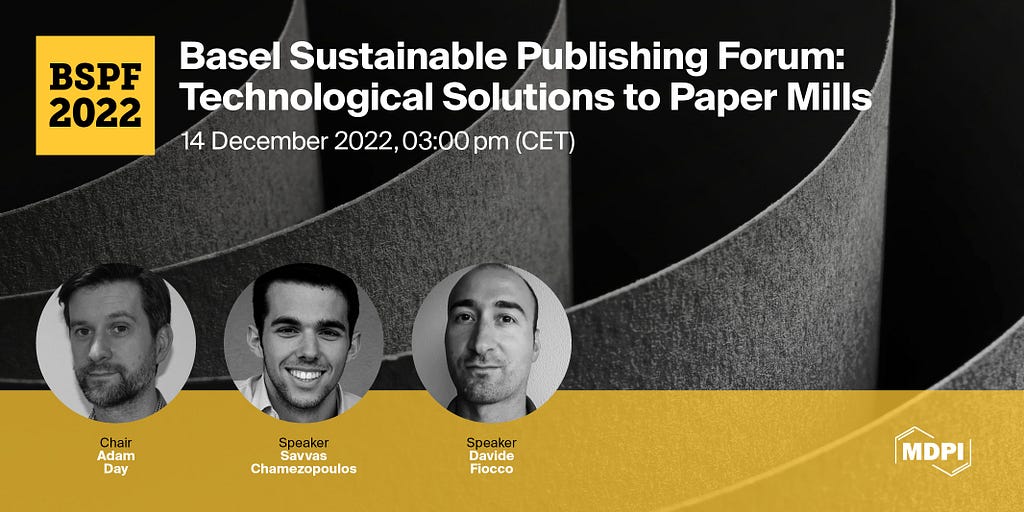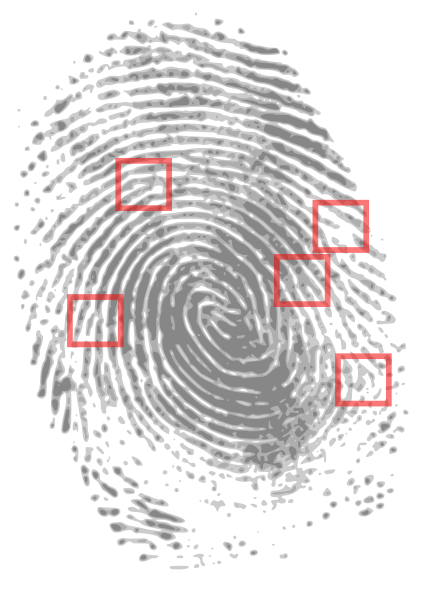
This is Ralph. How tall is Ralph? It seems simple, you could just hold a ruler up to the screen. But when you look at the ruler and use it to measure Ralph, are you actually measuring Ralph , or are you measuring the ruler and using that as a proxy ? How accurate is your measurement? Are you including fur in the measurement? What if Ralph were to stand on his hind legs, like a mighty bear — how tall would he be then?








